Elon Musk Reveals New Details About His Plan To Surround Earth With With 12,000 High-Speed Internet Satellites
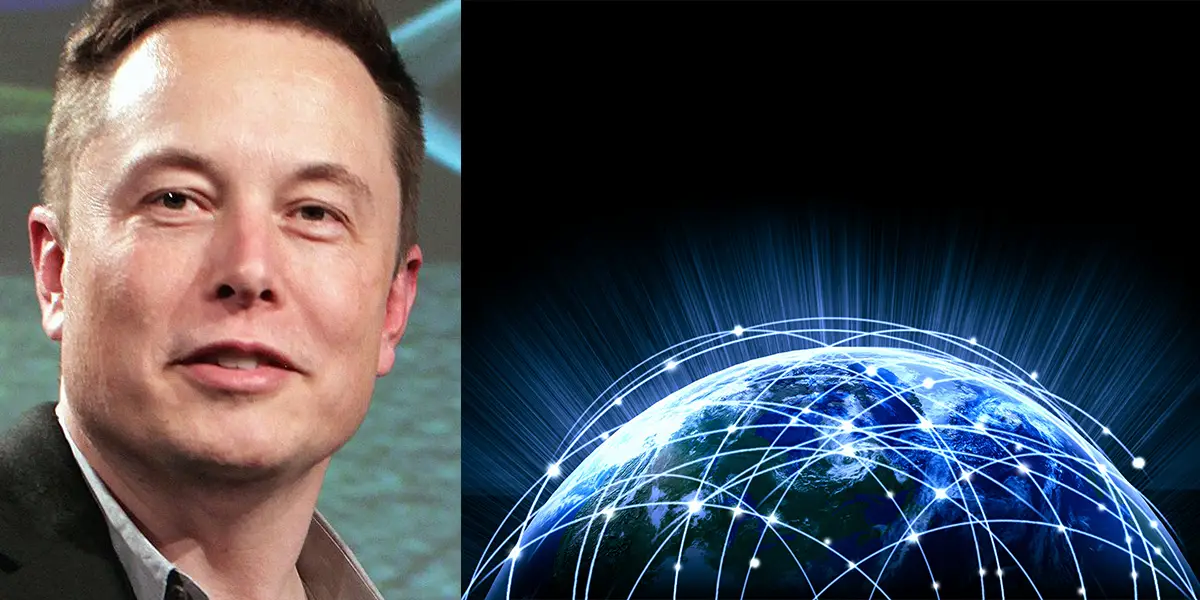
When you become aware of Elon Musk and his wonderful ideas, then you cannot do anything but admire him. Most of us know about how Elon Musk and his rocket company, SpaceX, has plans to revolutionize the world. Well, their first stepping stone is the Internet revolution.
SpaceX is planning to launch a rocket, Falcon 9, from Cape Canaveral in Florida. In the nosecone, it will have sixty small Table-top sizes satellites. These will be used to test a kind of internet network called Starlink.
The launch was supposed to take place on Wednesday, but it had to be delayed. Twice. As per SpaceX, it will be ready in a week or so. The delay was necessary though. There were software upgrades and a need to check things, thrice.
If it truly becomes successful, then this network will have about 12,000 satellites. That’s about six times more than the satellites currently present in the orbit. 2027 has been estimated as the date when the project will be completed. If so, then by that time, we will have low-latency, high-speed Internet. Plus, it will be affordable too.
Even a partial development will be great for the financial sectors. It might even bring the internet to remote and rural areas. But the project is expensive. It might cost upwards of 10 billion dollars, as per Gwynne Shotwell, the chief operating officer and president of the company. But on Wednesday, Musk revealed that the cost could go up to 50 billion dollars annually as well.
It won’t be easy and it’s not a surefire way. There will be new technologies used. Some may not work and there is a slight possibility that all will stop working. Well, we have to take risks.
Musk also revealed some of the ways the Starlink will work. According to an excited computer-networking researcher, Mark Handley, it’s an amazing network that has not been seen before and it could change lives. He has studied the network, Starlink, at University College London.
Here are some of the plans:
Currently, there are two problems with the internet, lack of affordability and lag. Tackling them will give SpaceX billions of dollars. Not to mention it will boost the world economy.
So, for the plan, SpaceX will be launching 60 almost-produced Starlink satellites. They will be with Falcon 9 rockets. One satellite will have 500 pounds or about 227kg. They will enter the orbit about 273 miles away, upwards.
400 of the satellites will be for minor internet coverage and 800 for significant or operational coverage. For now, the aim is to deploy about 1600 satellites for this plan.

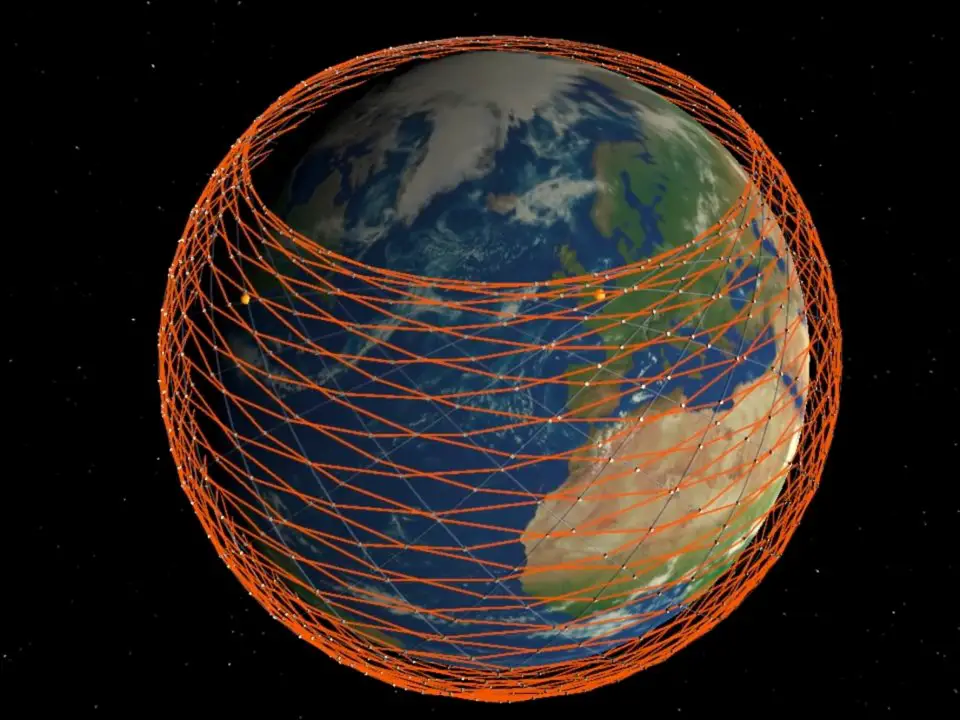
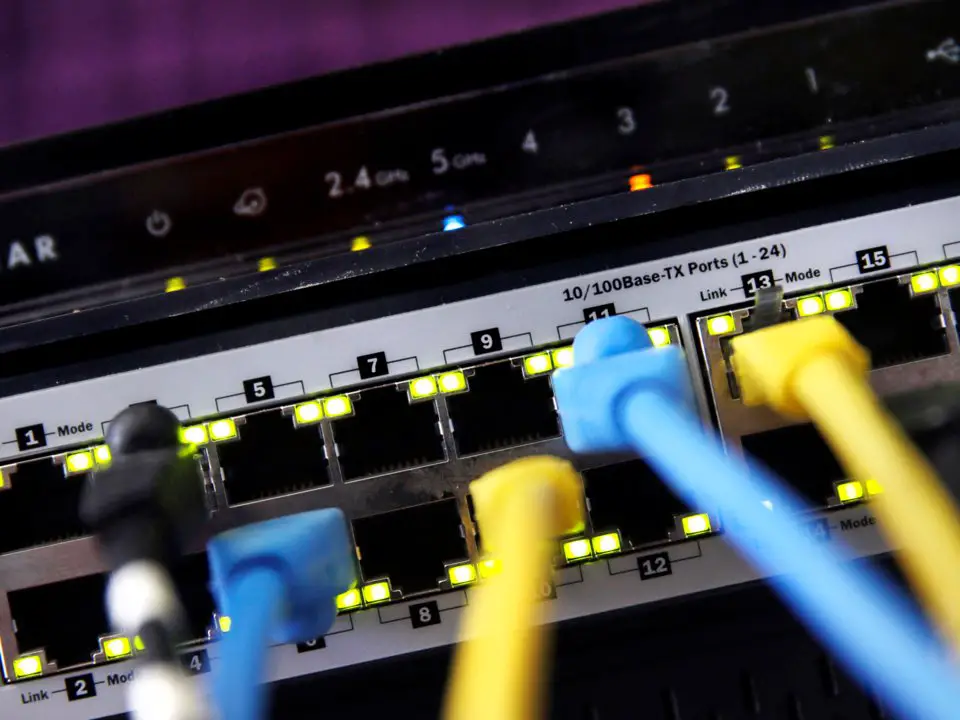
As of now, we have internet due to connected computers. We pay to those providers who are routing the data. Data general travels much faster in pulses of light. Hence, optical fibers are used rather than electric signals that must be sent through wires. But fiber is expensive. It does not connect directly leading to poor connection. There is a limit too. Light travels faster in a vacuum, about 47%. Not so in optical fibers.

The internet now is a bit laggy. Netflix may not lag but when you are video conferencing from different countries, the lags show. Space station communications are especially laggy. It is called a long distance lag and SpaceX is trying to cut it. Even financial institutions will be grateful since there are microtransactions that can happen within a fraction of seconds, lost in lags.


In February 2018, the company had launched, Tintin-A and Tintin-B. It was done to understand the design and concept. The current launch will have the satellites getting stacked gradually like cards.



Hall thrusters will be used to elevate them above the earth. It will go up to 342 miles or around 550km. This altitude is 65 times closer to Earth and thus, makes it a lot less laggy.
Lasers will be used to link the satellites thus, delivering a lightspeed connection.
The initial satellite bunch will, of course, not use lasers. It will use ground connections like antennas that can be steered. Later terminals costing about 200 dollars can steer the beams without moving any of the parts. The company has asked FCC if they could build about a million of such small ground stations. These are small and somewhat like a car.
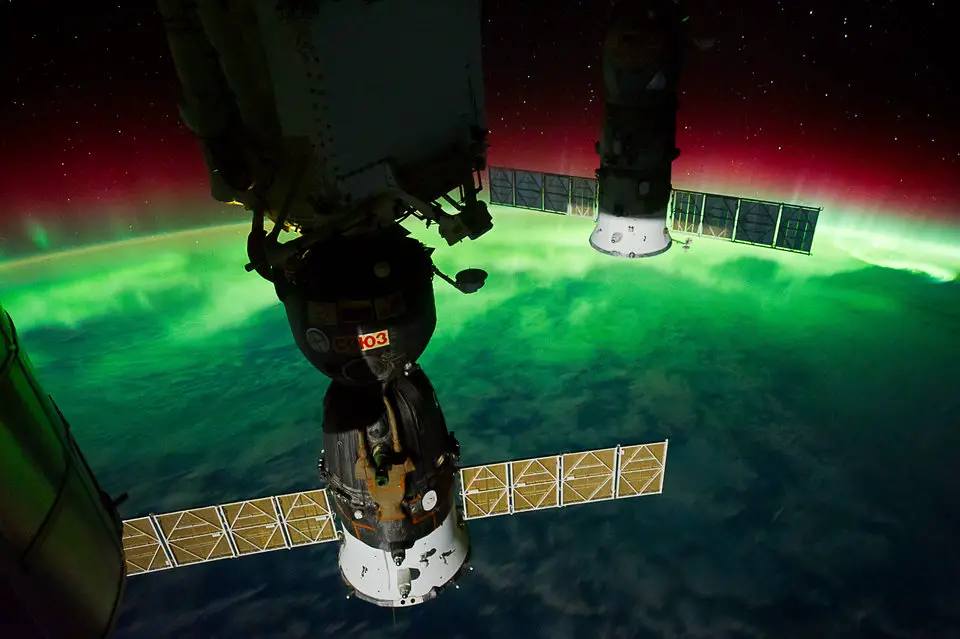


According to Musk, these terminals can fit airplanes, ships and other mobile devices. To make it economically viable, 1000 satellites would be required. But 10,000 or more is not even the upper limit. so, it’s doable.
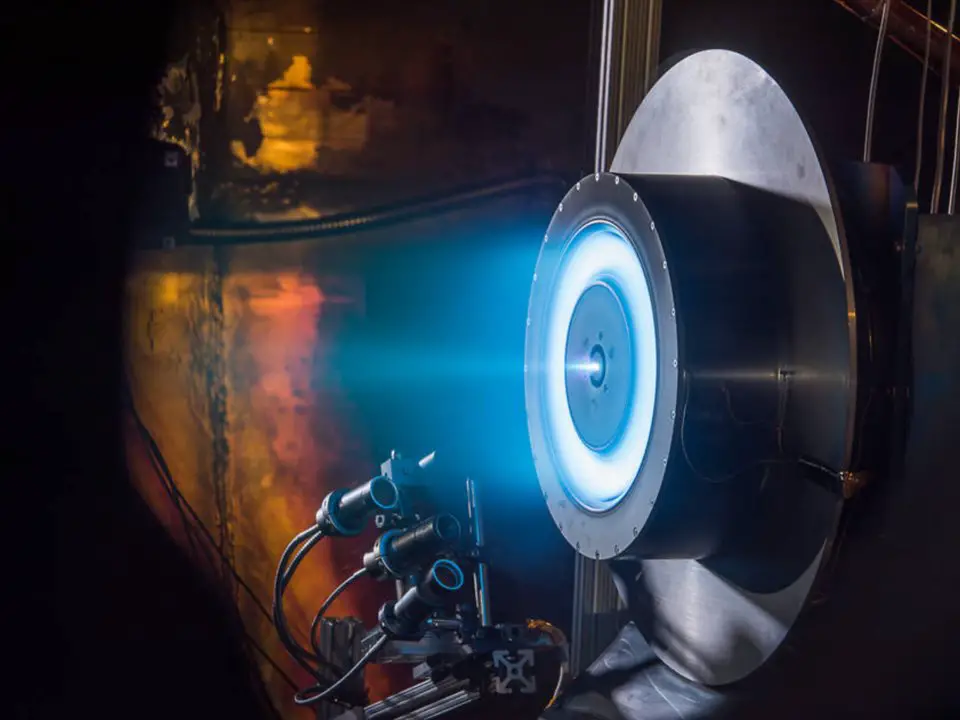
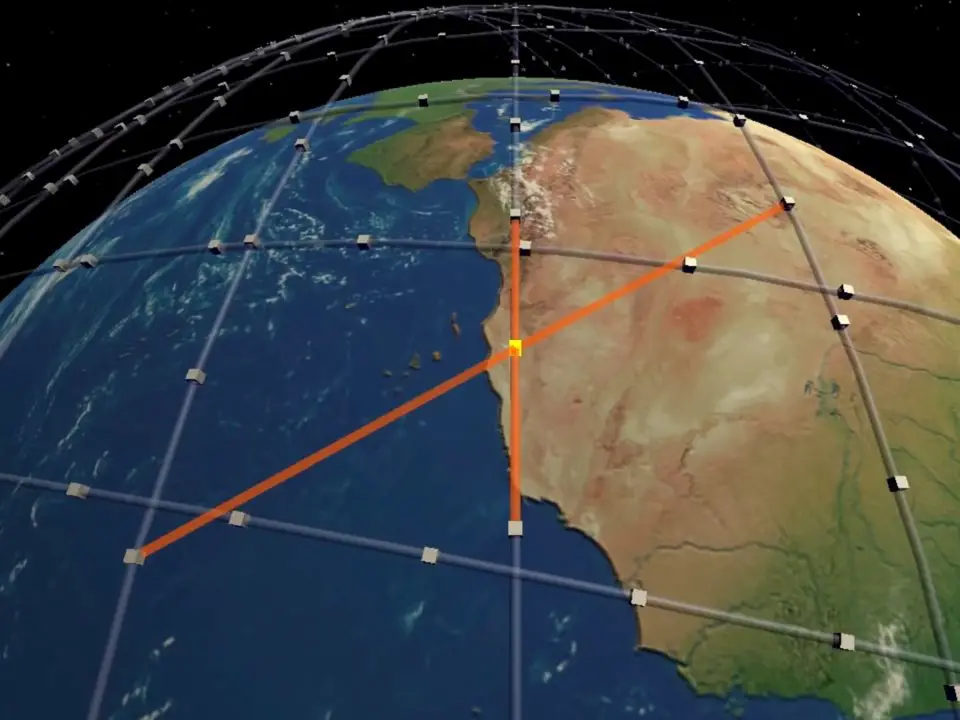
For now, it prioritizes an east-west connection. North-south would be difficult as it might overlap. So, long distance will be easier but for short distances, fiber optics wins.
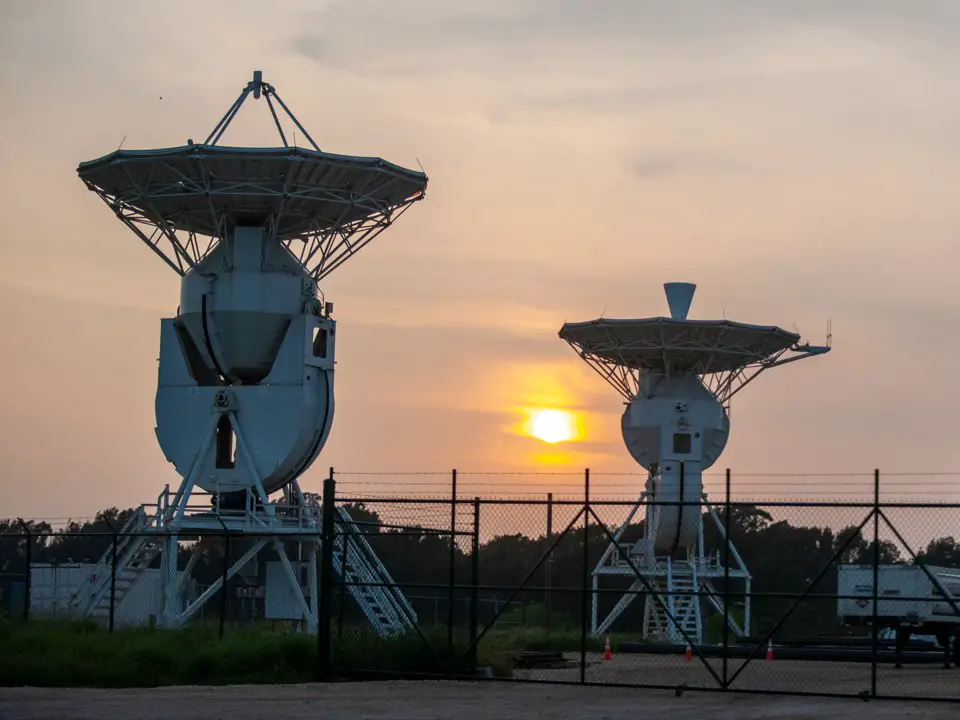


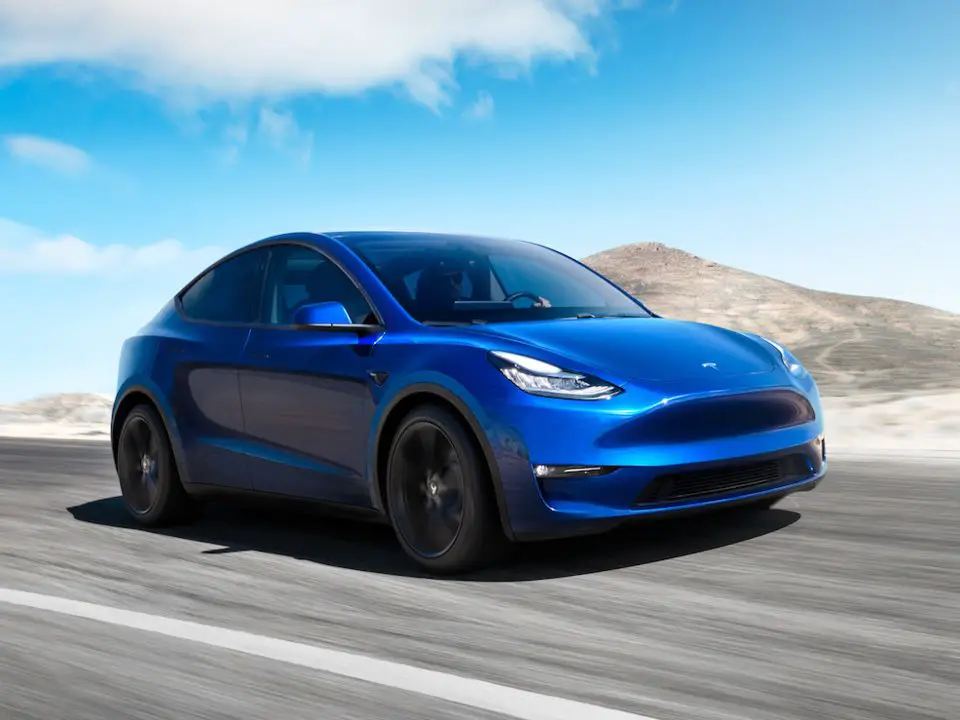






But there are troubles. 2200 low orbit satellites, will be sent up by the year 2024, and a whole constellation of 4400, by the year 2027. If SpaceX does not meet the deadline, FCC can freeze their number of satellites. But clever SpaceX would be sending out 7500 very-low-Earth orbit satellites too.





Each satellite will allow about 1,100 users to stream 4K videos simultaneously. But it can overload if too many people connect to the network at once.









Space debris is an issue but Musk has it covered. The Hall Thrusters will demolish on its own when it falls. Plus, the objects will be fitted with NORAD a tracker which will keep them away from space chunks.

But the production needs a high boost if Musk’s plan is to be a success. If SpaceX wants about 12,000 satellites by 2027, it needs to send up 120 Starlink spacecraft’s every month.

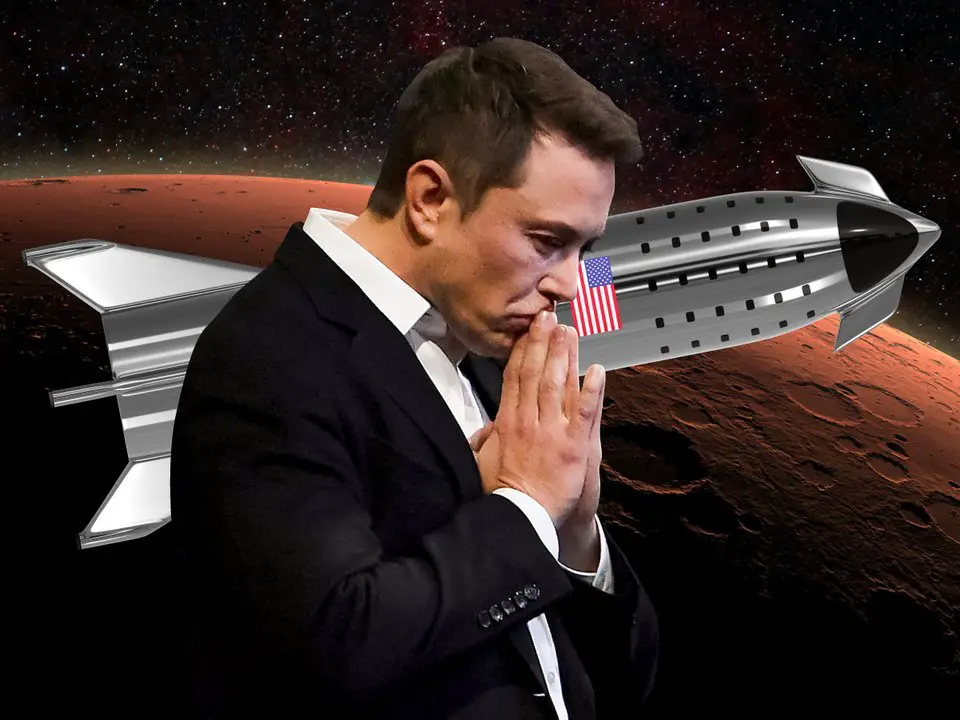
Well, it looks challenging as of now. But the company is developing Starship in both Texas and in Florida.
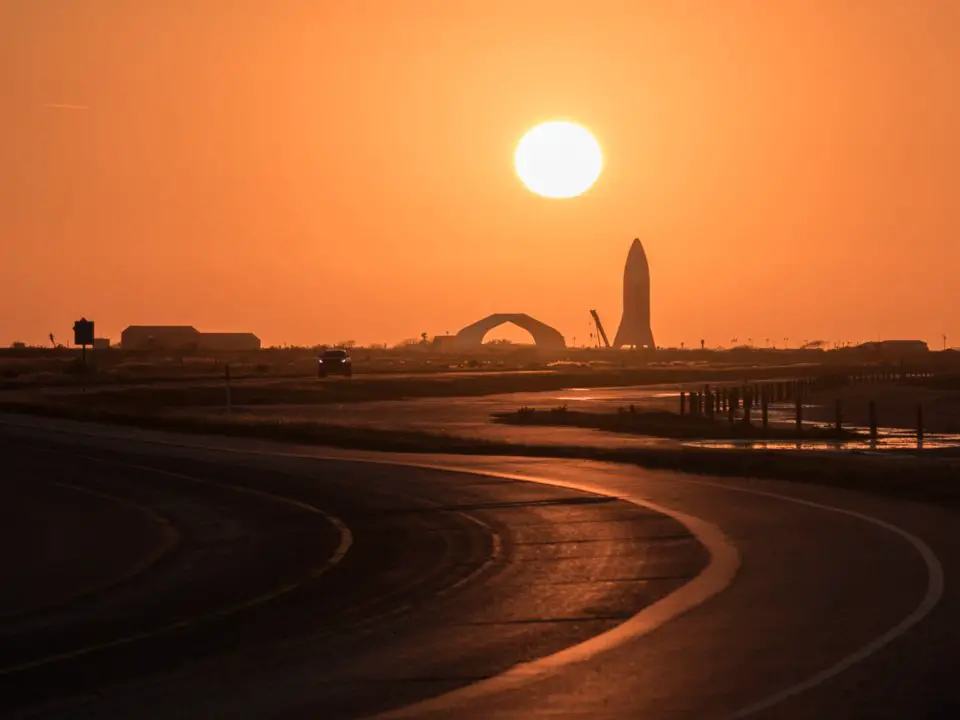
So, if this gets successful, imagine what your internet speed would be like.
IMAGE FEATURED1: Sergey Nivens
IMAGE FEATURED2: Wikipedia

Leave Comment: